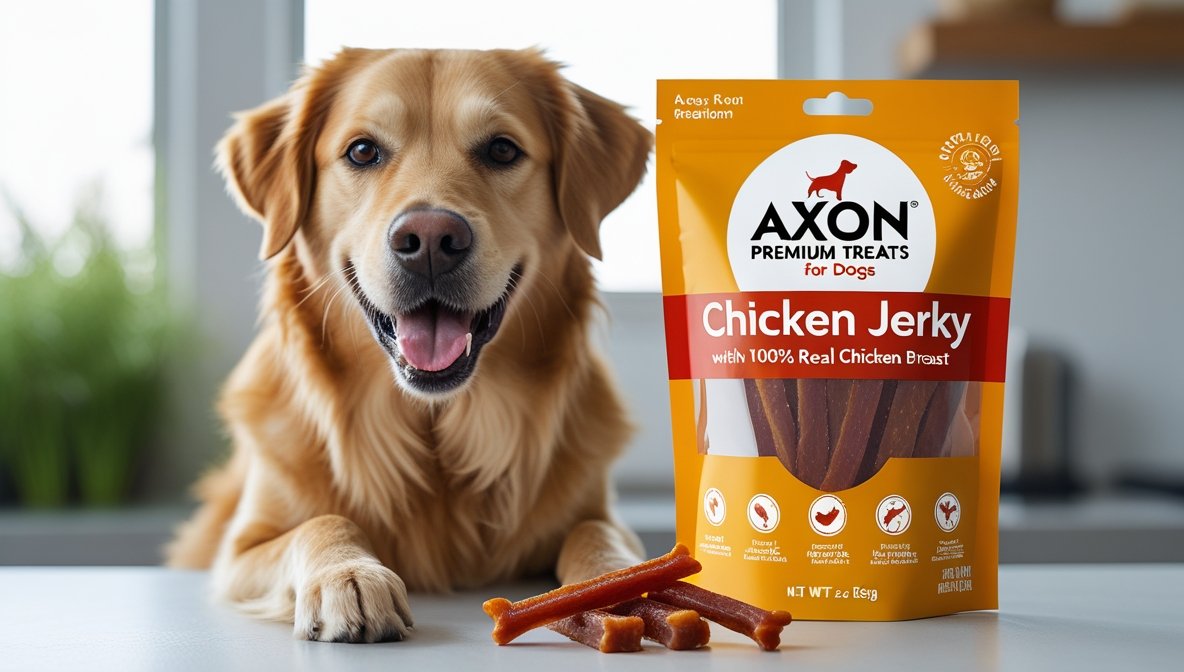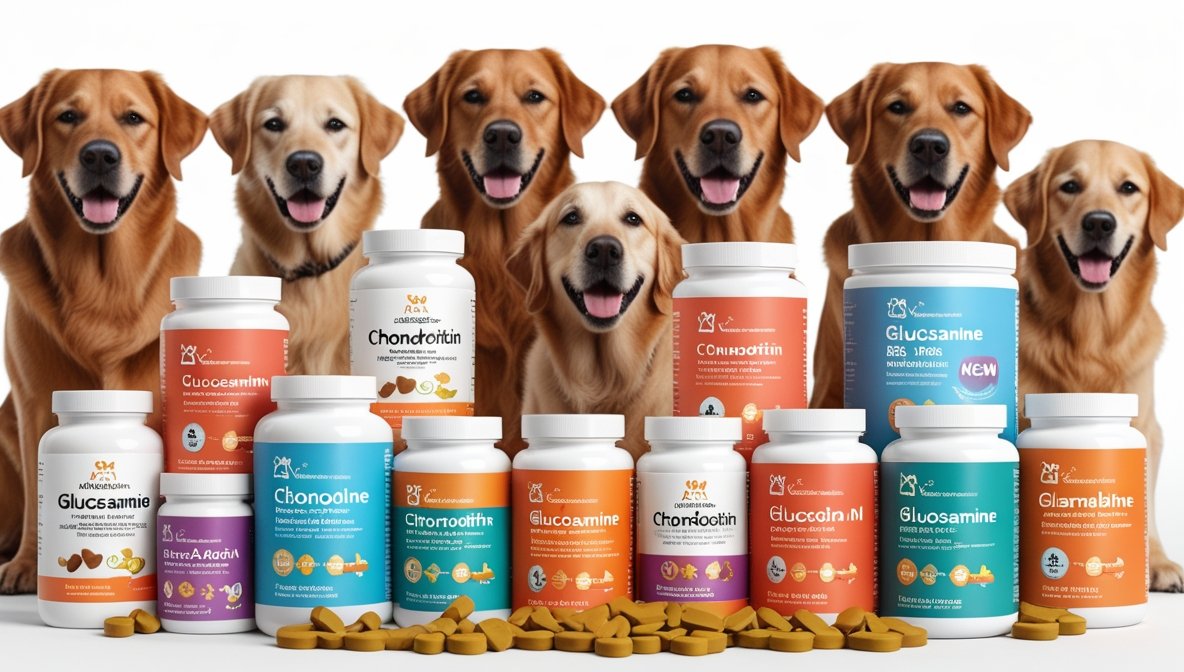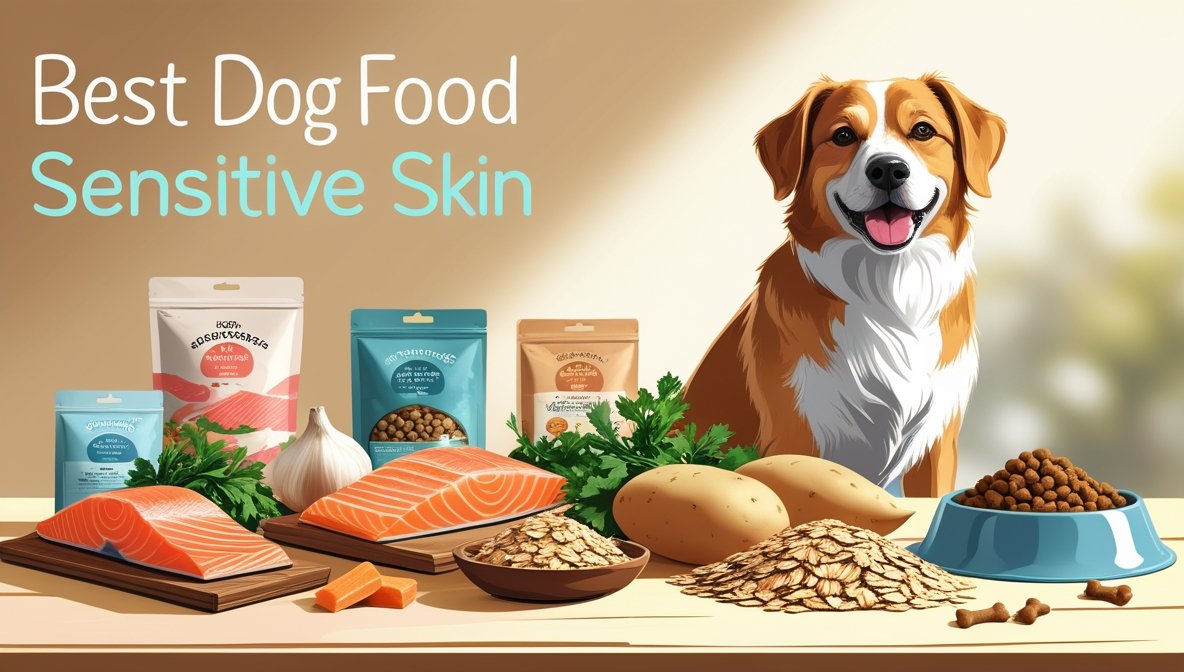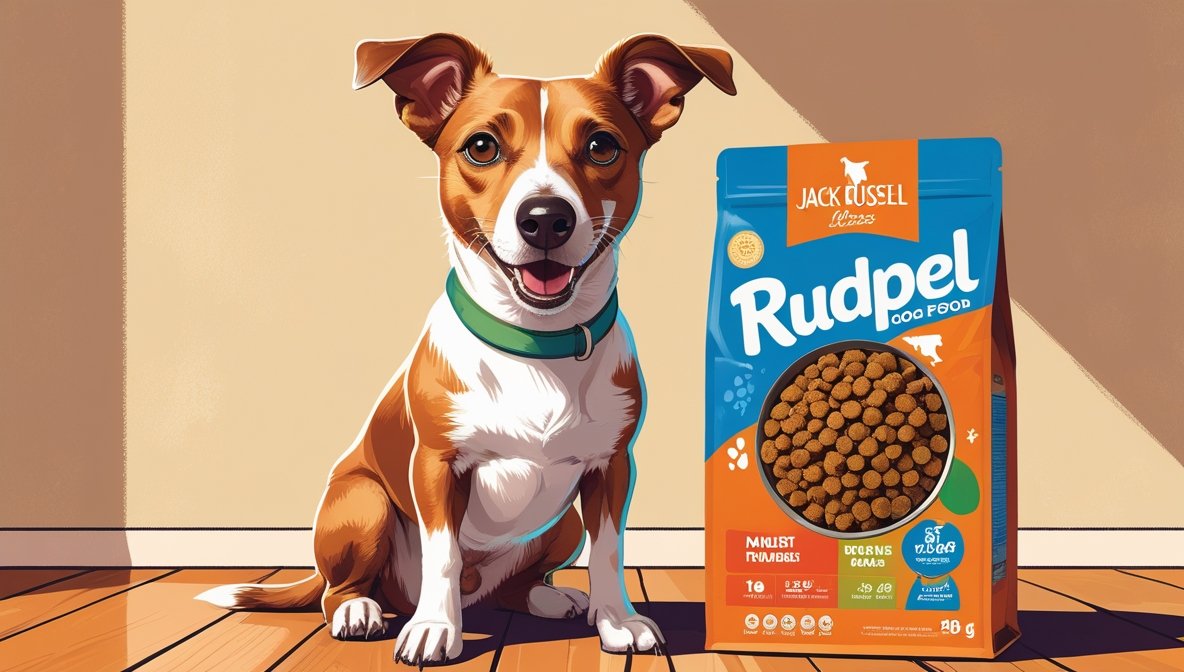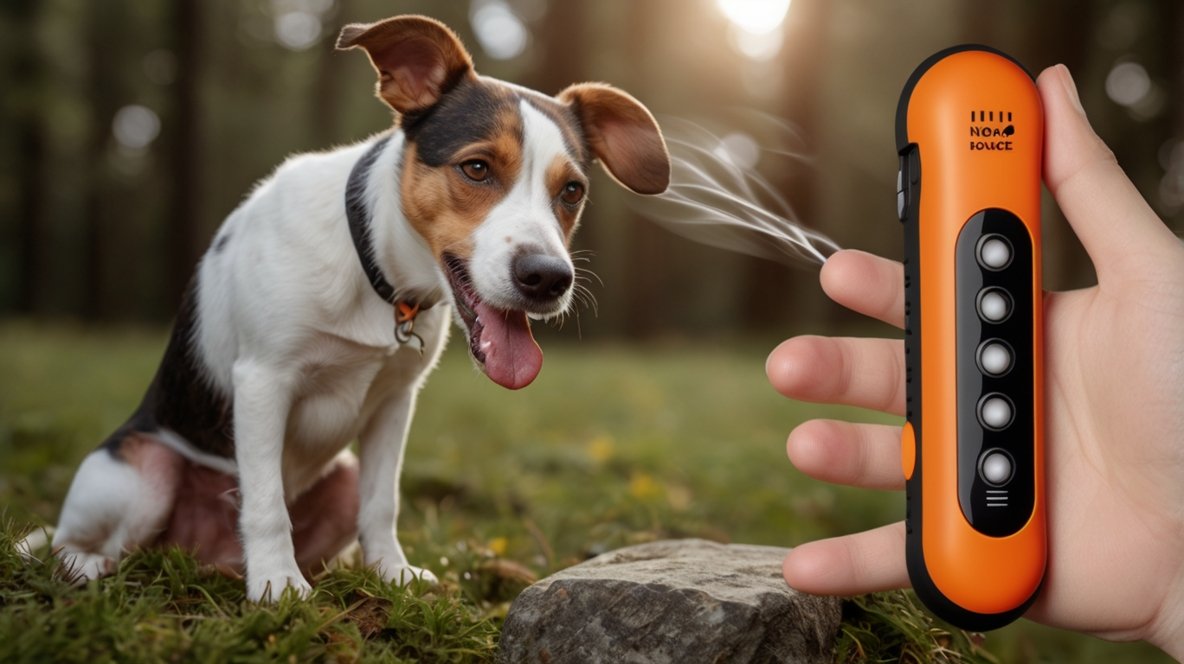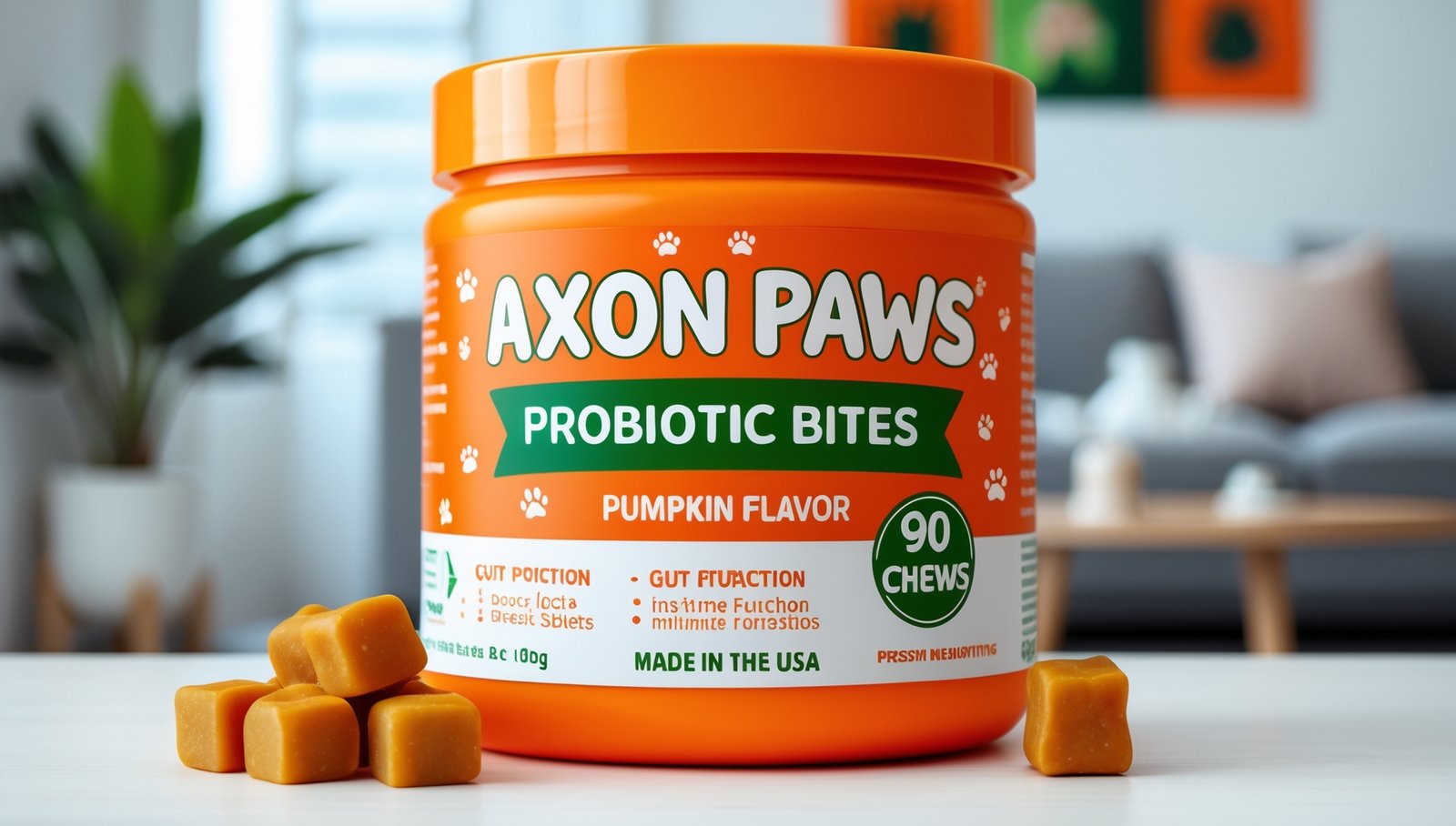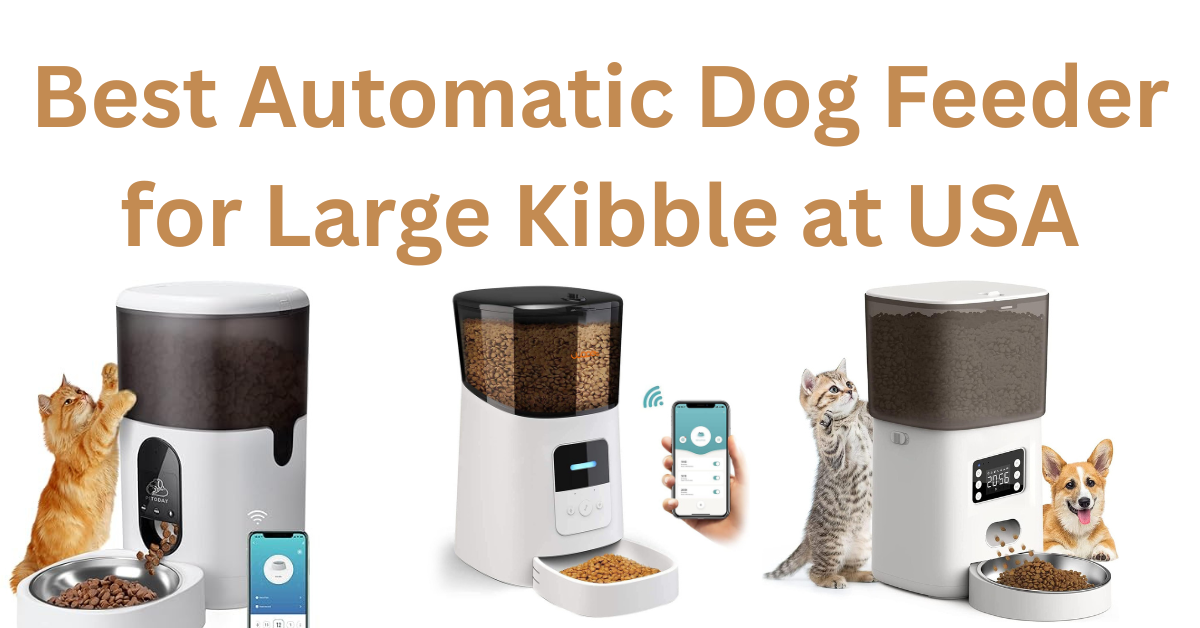Dogs with sensitive skin often suffer from allergies, itching, and discomfort. The best dog food for sensitive skin can soothe irritation and support healthy skin and coat. In this guide, we’ll explore the causes of skin sensitivity in dogs, key ingredients to look for, and top-rated formulas (from dry kibbles to wet foods) that are gentle on pups. We’ll cover options popular in the USA, UK, and Germany, and explain how to spot and eliminate allergens from your dog’s diet.
Figure: Dry dog food kibble rich in omega fatty acids, ideal for dogs with sensitive skin. Quality dry foods and wet diets for skin issues typically feature novel or limited proteins (like salmon or turkey) and added Omega-3/6 oils to reduce inflammation. Shopping from retailers (Chewy in the USA, Zooplus/amazon in Germany, Pets at Home/amazon.co. in the UK) makes these specialty diets accessible across geographies.
Veterinarians often recommend fish-based or limited-ingredient diets. For example, Purina Pro Plan Sensitive Skin & Stomach (Salmon & Rice) uses salmon as its first ingredient, plus digestible grains (oatmeal, rice) and added omega-6 sunflower oil and omega-3 fish oil to nourish the skin. Hill’s Science Diet Sensitive Stomach & Skin and Royal Canin Derma Sensitive are also top vet picks in this category. Many high-quality formulas are free of common irritants like corn, wheat, and soy, which can help minimize flare-ups.
- Precise balance and highly digestible ingredients for sensitive stomachs and for dogs with sensitive skin
- Prebiotic fiber to fuel beneficial gut bacteria and support a balanced microbiome
- Omega-6s & Vitamin E to promote a healthy coat
Causes and Symptoms of Sensitive Skin in Dogs
Sensitive skin in dogs often stems from allergies. Environmental factors (pollen, dust, fleas) trigger most cases, but certain foods – especially proteins – can also cause reactions. When a dog’s immune system reacts to a food ingredient (often chicken, beef, dairy, wheat, soy, or eggs), it can lead to itchy red skin, frequent ear/skin infections, hair loss, and excessive licking or chewing of paws. Gastrointestinal signs (diarrhea, vomiting, gas, lethargy) may accompany skin symptoms in food allergies. For example, PetMD notes that food allergies cause skin itching and redness, and may “occasionally cause vomiting, diarrhea, and gas.”.
It’s important to distinguish food allergy from intolerance. True food allergies involve the immune system (IgE antibodies) and are relatively rare (only about 0.2% of dogs). Intolerances (e.g. enzyme deficits) do not involve immunity but can have similar symptoms. In practice, the treatments are similar: switching to a hypoallergenic diet. Vets typically use an elimination diet (feeding novel or hydrolyzed protein foods) to identify triggers. Only prescription foods with hydrolyzed proteins or very limited ingredients are truly allergen-free; for most itchy dogs, over-the-counter hypoallergenic diets and supplements can help manage symptoms.
Key Nutrients for Skin Health by Best Dog Food for Sensitive Skin:
Choose foods formulated for skin support. Look for: – High-quality proteins: Novel or single proteins (fish, turkey, lamb) reduce allergen load. For example, many sensitive-skin diets use salmon or venison as the sole meat source. Omega-3 and Omega-6 fatty acids: These anti-inflammatory fats (from fish oil, flaxseed, sunflower oil) improve coat condition and reduce itching. Purina’s Pro Plan uses sunflower oil rich in omega-6 and added fish oil for omega-3. Studies note fish oil supplementation can significantly improve itchy, dry skin in allergic dogs, Vitamins and antioxidants: Vitamin E and zinc support skin barrier health. Zooplus notes that dog diets for skin issues often include Vitamin E (an antioxidant) and zinc, which contribute to a healthy skin coat, Fiber and prebiotics: Ingredients like chicory root (inulin) or rice can help digestion, which in turn can support skin health. – Hypoallergenic ingredients: Many dermatology diets avoid common allergens. For instance, Royal Canin and Purina formulas explicitly exclude ingredients like corn, wheat or soy best dog food for sensitive skin.
Conversely, avoid foods with known allergens: chicken, beef, dairy, wheat, soy, and eggs are the most common triggers. Also watch out for artificial colors or flavors, excessive grains, and unknown proteins. A high-quality sensitive-skin food will clearly list its protein sources and omit fillers that might aggravate allergies best dog food for sensitive skin.
How to Choose a Hypoallergenic Diet
There’s no single “best” brand for all dogs, but vets suggest categories: – Limited-Ingredient Diets (LID): These use one protein and a few carb sources (e.g., salmon & brown rice) to ease digestion. Natural Balance LID Salmon & Brown Rice is praised for sensitive pets, with salmon and rice as main ingredients and no common allergens like soy or gluten. Novel Protein Formulas: Diets containing uncommon proteins (e.g. venison, duck, rabbit) can help dogs with multiple allergies. Brands like Zignature (Turkey Formula) use novel proteins and are free of corn, wheat, soy and dairy. Hydrolyzed Protein Diets: Available by prescription, these foods break down proteins to tiny pieces. (Blue Buffalo, Hill’s and others have vet-only lines). They’re designed for confirmed food-allergic dogs. – Probiotic-fortified Foods: Some sensitive-skin foods add probiotics or prebiotics (like Purina’s chicory) to support gut health, which can indirectly benefit the skin. – Fish-based diets: Even if fish isn’t a new protein, diets that emphasize fish oil (e.g., salmon) can be soothing. The omega fats in fish combat allergy inflammation best dog food for sensitive skin.
When evaluating a food, check that it meets AAFCO nutrient standards for your dog’s life stage and size, and consider consulting a vet. Always transition slowly: swap in new food over 7–10 days to avoid stomach upset best dog food for sensitive skin.
Top Dog Foods for Sensitive Skin & Allergies
Below are some highly-rated formulas recommended for dogs with itchy skin, stomach sensitivities, or allergies. These picks include both dry and wet foods, suitable for different dog sizes and needs.
- Purina Pro Plan Sensitive Skin & Stomach (Salmon & Rice) – A vet-recommended dry food for digestibility. Salmon is the first ingredient, with oatmeal and rice as gentle carbs. It’s free from corn, wheat and soy and includes sunflower oil (omega-6) and fish oil (omega-3) to nourish skin. Good for dogs with concurrent skin and GI issues.
- Hill’s Science Diet Sensitive Stomach & Skin – (Available in USA/UK/DE) Another top vet pick. It uses chicken and egg as protein, fiber, and prebiotic to soothe stomach, plus vitamin E and fish oil for skin. Many owners report improvement in itchiness and digestive upset with this formula.
- Royal Canin Dermacomfort or Sensitivity Control – Veterinary diets (prescription) formulated for severe cases. They feature hydrolyzed proteins or exclusive novel proteins to eliminate allergic triggers, plus nutrients for skin barrier health. [PetMD vet panel cited Royal Canin among top brands.
- Natural Balance Limited Ingredient Salmon & Brown Rice – Dry kibble ideal for dogs with skin allergies. It contains only salmon and fish meal as protein and simple grains, is free of artificial additives, and has brown rice for fiber. A typical user noted it “was easy on her tummy” for a dog with food/environmental allergies best dog food for sensitive skin.
- Zignature Turkey Limited Ingredient Formula – A wet (canned) diet using turkey as the sole meat protein. It avoids common allergens (corn, wheat, soy, dairy) and adds antioxidant-rich fruits/veggies. The high moisture content can help hydrated skin. Zignature is grain-free and fits well for both puppies and adults.
- Merrick Limited Ingredient Diet Turkey & Brown Rice (Canned) – Wet single-protein diet with deboned turkey first. It’s grain-inclusive (brown rice, oatmeal) for digestibility and includes fiber. Dog Food Advisor notes it’s “also beneficial for dogs with a sensitive stomach”.
- JustFoodForDogs Joint & Skin Support (Fresh)* – A fresh (refrigerated) diet formulated for skin & joint health. It contains novel proteins and omega-boosted ingredients, making it a top choice for skin allergies. (See site for availability in USA/UK).
- Blue Buffalo Basics Skin & Stomach Care – A limited-ingredient, single-protein kibble (e.g., salmon or duck with potato). Salmon & Potato formula is widely used for itchy dogs; it’s grain-free with no chicken, beef, corn or wheat. Many pet owners find relief from licking and itching with this line, which also contains added omegas and vitamins best dog food for sensitive skin.
Each of the above formulas addresses sensitive skin and allergies in different ways. For dogs with yeast-prone skin or immune issues, reducing sugar content and adding antifungal supplements might be advised (consult your vet). Also consider rotating between dry and wet foods to increase variety and moisture in the diet.
Signs of Allergies and What to Do
If your dog is scratching, has red skin, swollen paws, recurrent ear infections, or chronic diarrhea/vomiting, allergies may be to blame. For instance, PetMD explains that allergic dogs often “scratching, licking, face rubbing, loss of fur, recurrent skin and ear infections, and gastrointestinal issues” are common signs best dog food for sensitive skin
To confirm, work with your vet. They may recommend an elimination diet trial (8-12 weeks) feeding a hypoallergenic food and nothing else. During this time, avoid treats or table scraps that could hide allergens. If symptoms improve, reintroduce ingredients slowly to find the culprit. While waiting, many owners supplement itchy dogs with fatty acids (fish oil) and probiotics to support the skin barrier.
Top Ingredients to Avoid
Remove all potential allergens from your dog’s diet while troubleshooting. As noted, this often means eliminating chicken, beef, dairy, wheat, soy, and eggs. Some dogs also react to corn or by-products. Check labels carefully: even common “meat meal” or “by-product” can trigger sensitivities. Hypoallergenic dog foods usually list all ingredients and highlight if they’re grain-free or novel protein sources best dog food for sensitive skin
Regional Buying Tips (USA, UK, Germany)
Pet owners worldwide can find these specialized foods at online retailers and local stores. In the USA, sites like Chewy, Petco, or Amazon carry many vet-recommended allergy foods. In the UK, Pets at Home, Amazon UK, and sites like NaturesMenu or TheRange offer similar formulas (brands like Burns, Forthglade, Harringtons). In Germany, Zooplus, Fressnapf, and Amazon.de have allergy-friendly lines (e.g., Josera, Happy Dog, Royal Canin Dermocomfort). Always ensure the product matches your dog’s size and breed (especially small vs. large kibble) best dog food for sensitive skin
FAQs About Sensitive Skin Dog Food
Q: How can I tell if my dog’s itching is from food?
A: Dogs with food allergies usually show persistent symptoms like itchy skin, ear infections, red paws or tummy, possibly alongside digestive upset (vomiting/diarrhea). Environmental allergies (pollen, dust, fleas) are actually more common, but if your dog’s symptoms follow mealtimes or don’t improve with flea control, a food trial may be warranted best dog food for sensitive skin
Q: What ingredients should I avoid in a sensitive skin diet?
A: Avoid common allergens. This typically means no chicken, beef, dairy, wheat, soy or eggs. Many sensitive diets replace those with novel proteins (venison, duck, salmon) or hydrolyzed proteins. Also steer clear of artificial dyes, fillers, and excessive grains best dog food for sensitive skin
Q: Can I use grain-free dog food for allergies?
A: Grain-free can help if your dog is allergic to a particular grain. However, grains (like rice or oats) are not common allergens for dogs. More important is the protein source. Many sensitive-skin diets still contain digestible grains (e.g., brown rice) and focus on limiting problematic proteins.
Q: Will a “sensitive stomach” food also help my dog’s skin?
A: Often yes. “Sensitive stomach” formulas usually have gentle proteins and added fiber/probiotics, which can reduce inflammation systemically. Many products are labeled for both stomach and skin sensitivity. For example, Hill’s Sensitive Stomach & Skin and Purina Pro Plan Sensitive Skin & Stomach are designed to address both issues simultaneously.
Q: How long before I see improvement?
A: Skin healing takes time. Expect several weeks to see reduced itching and coat improvement after switching foods (especially if doing an elimination trial). Give at least 8–12 weeks on a hypoallergenic diet for a fair test. In the meantime, use vet-approved shampoos or supplements as recommended.
Q: Are there any special treats or supplements?
A: Look for treats made with limited ingredients (e.g., sweet potato chews, freeze-dried salmon treats) or hypoallergenic lines (duck or venison jerky). Supplements with omega fatty acids (like fish oil capsules) can also support the skin. Always introduce new treats slowly and consider them part of the “whole diet” during a trial best dog food for sensitive skin
- Precise balance and highly digestible ingredients for sensitive stomachs and for dogs with sensitive skin
- Prebiotic fiber to fuel beneficial gut bacteria and support a balanced microbiome
- Omega-6s & Vitamin E to promote a healthy coat
Conclusion
Managing a dog’s sensitive skin means pairing proper diet with veterinary care. Choosing the best dog food for sensitive skin involves selecting high-quality, hypoallergenic ingredients (like salmon, turkey or duck proteins) and beneficial nutrients (omega fatty acids, zinc, vitamins) to restore the skin’s barrie. Whether you’re in the USA, UK or Germany, the right recipe is available. By combining a carefully chosen food plan with routine grooming and vet check-ups, you can help your furry friend stay itch-free and comfortable best dog food for sensitive skin
If you’ve tried any of these diets or have tips for managing dog skin allergies, share your experience in the comments below – it helps other pet owners find relief for their pups best dog food for sensitive skin.




